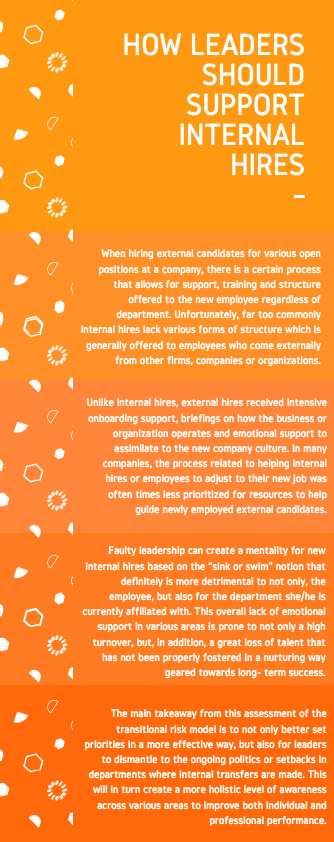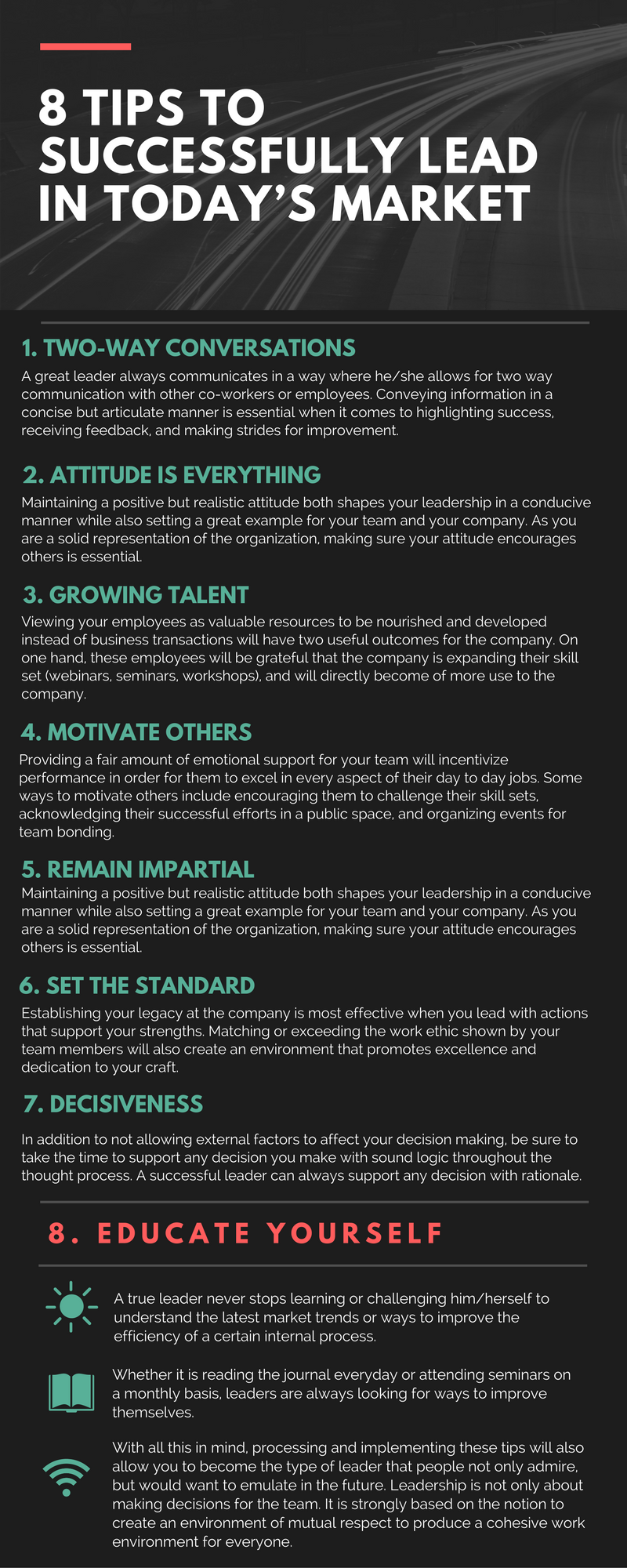Flexibility
Breaking up the monotony of the work day is an important adaptation that companies should implement as workplace practices change. Evaluating employee efficiency on work actually produced rather the space which is completed is how both younger and more established companies are viewing the work from home situation.
Many companies have adopted make your own schedule policies and research shows that allowing employees to do so increases productivity. As each person has both extroverted and introverted qualities, and allowing employees a certain level of flexibility to work in their comfort zone is essential.
Believe it or not, many employees actually strive when offered with a work from home option to your employees is a great way to boost happiness. Offering all your employees the same benefit could add a new layer of potential brand loyalty in the future of the company’s culture.
Be transparent
Honesty is truly key when it comes to crafting effective leadership across multiple industries. Stressing over rumors of layoffs or fears of economic downturn only serve to disrupt an employee’s focus. Even if the only news you have to share is bad news, be honest. Instead of bottling up all the stress and unintentionally lashing out at employees, transparency will reduce anxiety for all parties involved.
Finding narrative
While it is true that younger employees do tend to switch jobs at a faster rate in order to gain experience, salary increases, etc., this does not necessarily mean that they are not in need of mentorship. Studies have shown that loyalty does indeed breed loyalty. Along with helping your employees see how the work they do benefits them, tailor advice and information in a way that has the biggest positive impact for them. Helping younger employees help you most effectively do your job is vital.







